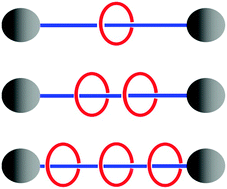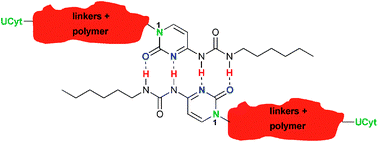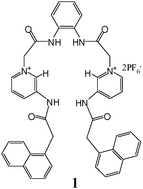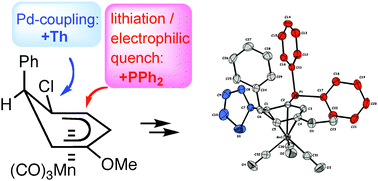While a relatively large number of [2]-rotaxanes, in which a ring is threaded by an axle, have been reported in the literature, [3]-rotaxanes (where two macrocyclic rings are able to move along the axis on which they are threaded in a controlled fashion) and [4]-rotaxanes (where 3 macrocycles are threaded on the axle) still prove a real synthetic challenge.
In this NJC Letter, the group of J.-P. Sauvage (Strasbourg, France) provide insights on the successful preparation of multirotaxanes, and synthesize a [2]-, a [3]- and a [4]-rotaxane in the same reaction.
…Interested?
Find out how, and read on the synthetic route envisioned by this leading group by accessing the full article now!
Synthesis of [2]-, [3]-, and [4]rotaxanes whose axis contains two bidentate and two tridentate chelates, Jean-Paul Collin, Stéphanie Durot, Jean-Pierre Sauvage and Yann Trolez
New J. Chem., 2011, Advance Article
DOI: 10.1039/C1NJ20213H
This article will be part of the themed issue of NJC honouring the life and work of Prof. Didier Astruc, on the occasion of his 65th birthday – Coming soon.


















